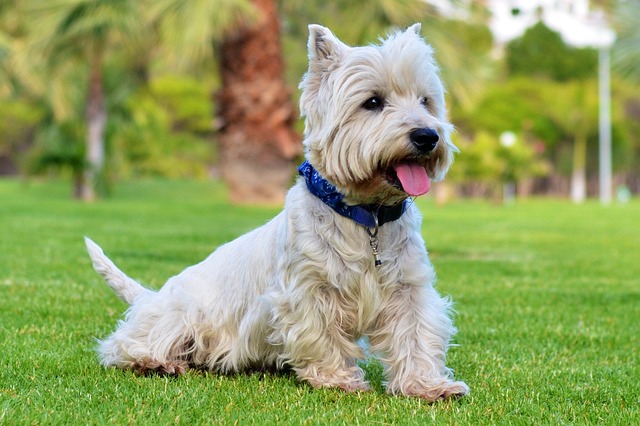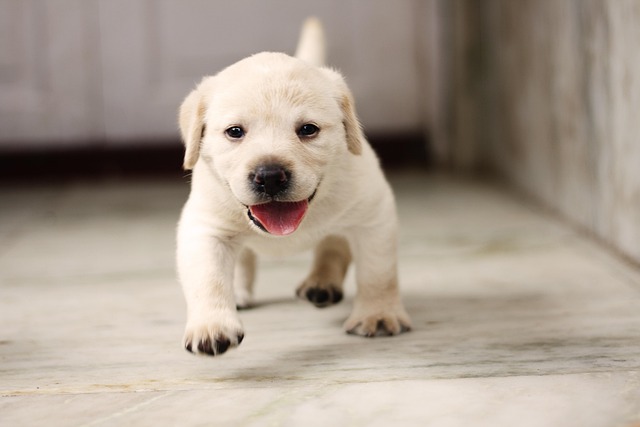
How to correct a dog biting someone when it is excited?
A playful nip from an overexcited pup might seem harmless, but in many places across Europe and North America, even minor bites can trigger legal concerns.
That heart-sinking moment when your dog ignores your calls, laser-focused on a squirrel across the street or a dropped hot dog at the park? You’re not alone. Distraction struggles are universal, but here’s the science: Dogs prioritize survival instincts over obedience – movement, smells, and food trigger primal "must investigate!" wiring. Forcing attention through leash jerks or yelling fails because stress shuts down learning. Instead, modern trainers use neurological hacks: Make yourself more rewarding than the environment.
Start with the basics in low-stimulus zones like your living room. Teach a "watch me" command by holding a treat near your eyes. The instant your dog makes eye contact, mark with "Yes!" and reward. Repeat 5x daily for a week. Next, add mild distractions: Toss a toy lightly while practicing. If they disengage from it to look at you, celebrate like they won the lottery – this builds neural pathways where checking in with you beats chasing stimuli. For high-stakes scenarios (e.g., near traffic), use "emergency recall" training: Assign a unique cue like "Here now!" only paired with ultra-high-value rewards like rotisserie chicken. Practice randomly during walks – never just when leaving the park (that teaches avoidance).
Cultural red flags are critical here. Never use punitive collars (shock/choke) or physical corrections to force attention. Beyond being illegal in places like Germany and Quebec, this erodes trust and worsens reactivity. Instead, leverage management tools ethically: A front-clip harness helps redirect lunging dogs without pain. In apartments, use white noise machines to buffer hallway sounds that trigger barking fits. Always carry waste bags – not just for poop duty, but because bending to clean can become a distraction-breaker if your dog associates it with "treat time" after disposal.

Real-world application seals the deal. Urban owners: Pre-load attention before entering elevators or crowded streets. Say "Watch!" before the door dings, rewarding focus instantly. At dog parks, practice recall during calm moments – not mid-chase. Legally, ensure rabies tags are visible (mandatory in most U.S. counties) and avoid off-leash areas until recall is bulletproof. Remember: Distraction-proofing follows the "3 Ds": Distance (start training 20 ft from triggers), Duration (lengthen focus time gradually), and Distraction Level (squirrel videos at home before real-life encounters).
Patience pays. If your dog fails, reduce difficulty – don’t punish. In humid climates like Georgia, shorten sessions to keep energy high. Celebrate micro-wins: A flicker of eye contact amid chaos is progress. Within weeks, you’ll build a dog who chooses to tune into you – transforming sidewalk standoffs into confident, connected walks.

A playful nip from an overexcited pup might seem harmless, but in many places across Europe and North America, even minor bites can trigger legal concerns.

Imagine grabbing your keys to head out – your pup’s tail droops, eyes widen, and before the door clicks shut, the barking starts. For new dog owners, this daily scene isn’t just noisy; it’s a sign your furry friend might be struggling with being alone.

Puppies, especially 3-month-old Teddy dogs, have tiny bladders and limited control, making accidents almost inevitable. But with consistency, you can guide them to a specific spot quickly.

Crate training for bathroom habits starts with picking the right size. The cage should be just big enough for your dog to stand, turn around, and lie down comfortably—no extra space to lounge and eliminate in separate corners.

You're sipping coffee when suddenly—scratch scratch whine—your dog paws frantically at the back door just minutes after being let out.

That heart-sinking moment when your dog ignores your calls, laser-focused on a squirrel across the street or a dropped hot dog at the park? You’re not alone.